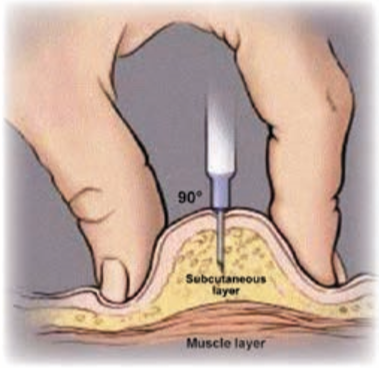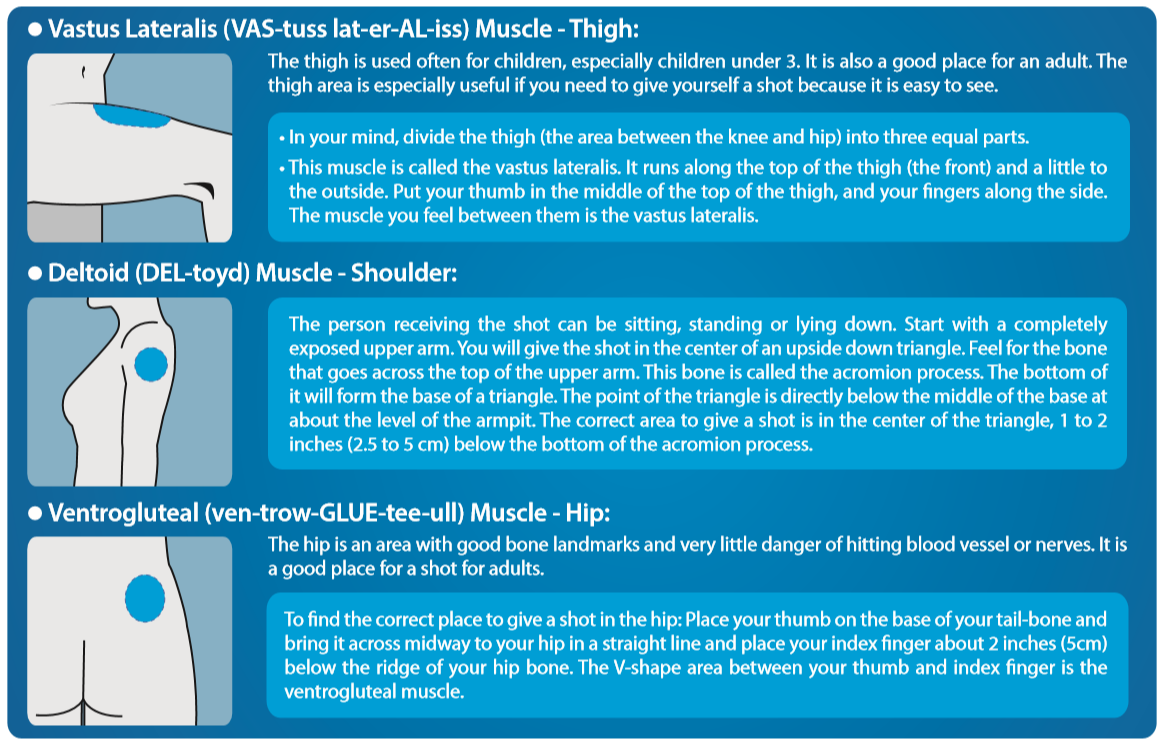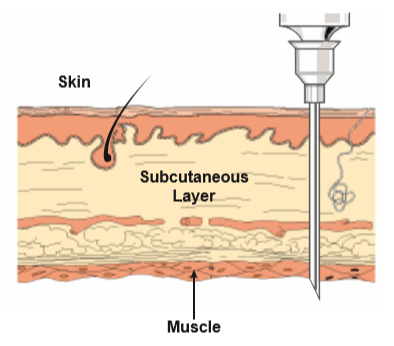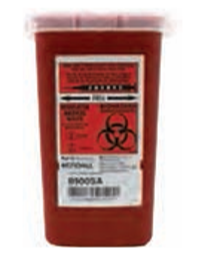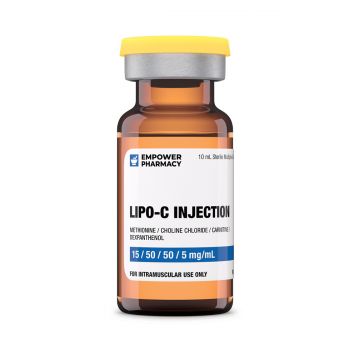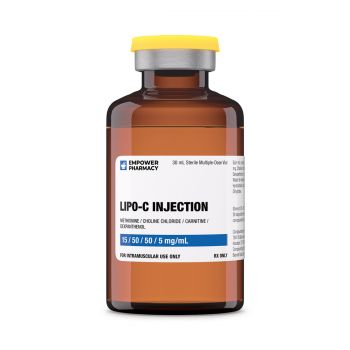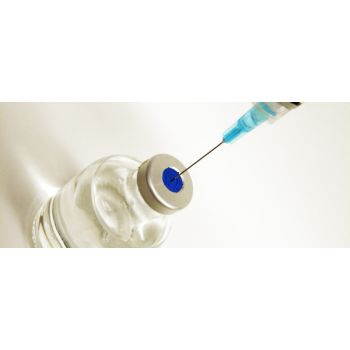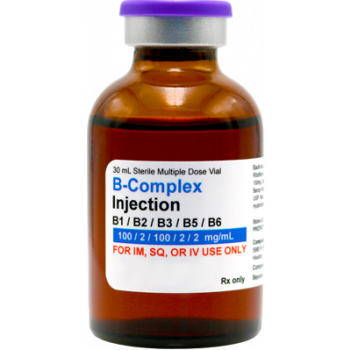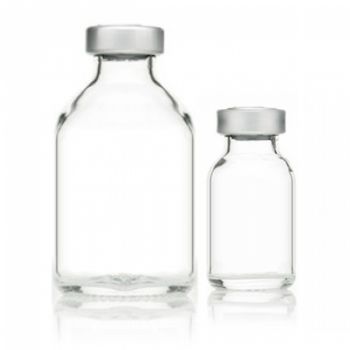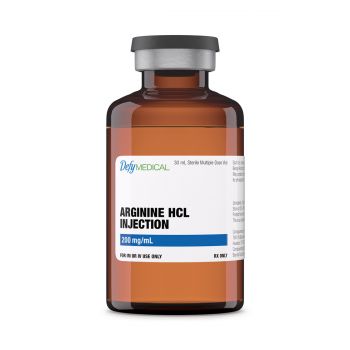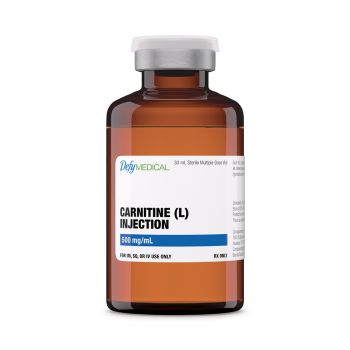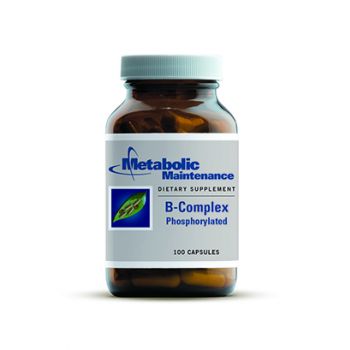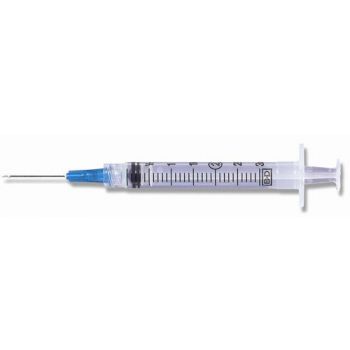Lipo-C injectable, 10mL (Hallandale Formula - Bio Boost Plus)
LIPO-C is a favorite for patients looking to boost energy, burn fat, and protect lean muscle.
LIPO-C is a lipotropic injection, which means it encourages fat burn to help patients work toward fat loss goals.
This formula is: Lipo-C 10mL aka Bio Boost Plus #2: Methionine 25mg/ml/ Inositol 50mg/ml/ Choline Chloride 50mg/ml/ Pyridoxine HCL 25mg/ml/ Dexpanthenol 25mg/ml/ Cyanocobalamin 1mg/ml/ L-Arginine HCL 15mg/ml/ L-Carnitine 15mg/ml/ Benzyl Alcohol 0.2ml/ml/ Lidocaine 0.001mg/ml
In Sterile Water for injectionr
When combined with a healthy diet and exercise, lipotropic injections like LIPO-C have assisted patients in achieving healthier body composition.
LIPO-C is particularly effective at encouraging the body to burn fat from hard-to-lose areas like:
- The tummy
- Inner thighs and buttocks
- Neck
- Hips
LIPO-C injections are powerful and cost-effective because they go directly into the bloodstream, rather than through the digestive tract. That way, all the lipotropic blend can be used by the body.
LIPO-C is particularly effective at encouraging the body to burn fat from hard-to-lose areas like:
- The tummy
- Inner thighs and buttocks
- Neck
- Hips
LIPO-C injections are powerful and cost-effective because they go directly into the bloodstream, rather than through the digestive tract. That way, all the lipotropic blend can be used by the body.

Lipo-C is a compounded lipotropic used for injection. It is used for liver disease; increases liver enzymes; and improves fat metabolism and energy. Lipo-C is a custom formulated lipotropic injection used to promote body fat reduction and preserve lean muscle tissue. Lipotropic injections can also be used to maintain healthy liver function and protect the liver from disease. Syringes and needles for injection ordered separately. This formula consists of Methionine, Inositol, Choline, Pyridoxine (B6), Dexpanthenol (B5), Cyanocobalamin (B12), L-Carnitine and L-Arginine.
Methionine, Inositol, Choline (MIC) - Lipotropic nutrients play an important role in the breakdown and metabolism of fat in the body. These compounds enhance the liver and gallbladder's role by decreasing fat deposits and speeding up metabolism of fat and its removal. Lipotropic nutrients are also used to maintain a healthy liver. Compounding pharmacies which specialize in injectable lipotropic nutrients create a specific formula, also known as MIC Combo, which has proven to be an effective aid in total fat loss. Methionine, Inositol, and Choline are the three ingredients which form MIC. MIC is the foundational ingredient within our Lipo-C injections.
L-Methionine - Methionine is an endogenous (supplied from outside the body) amino acid that is very effective for maintenance of body protein and nitrogen balance and for the reutilization of other amino acids. This means it is needed to preserve muscle tissue during dieting and exercise. Since methionin eis a nutritionally indispensable amino-acid, its availability to muscle tissue is important for maintaining an anabolic drive for protein synthesis. Methionine deficiency has been known to decrease protein synthesis while its supplementation increases protein synthesis. Much of the work involving the need for methionine in protein synthesis has been done with burn and trauma patients. Major trauma, including heat injury to the skin, results in a profound loss of body nitrogen, altered rates of whole-body protein synthesis and breakdown, and increased nitrogen and amino-acid requirements relative to those in normal, non-stressed individuals.
Dexpanthenol (Vitamin B5) - Critical in the formation of Coenzyme A, a molecule that helps a large amount of enzymes function in the body and for energy production in general.
Pyridoxine (Vitamin B6) - Vitamin B6 is involved int he process of making serotonin and norepinephrine, as well as the formation of myelin. This has ben studied for the treatment of many conditions, including anemia, vitamin B6 deficiency, certain seizures in newborns, and side effects of the drug cycloserine.
L-Carnitine - Carnitine is an amino aid which is required for the transport and breakdown of body fat for the generation of metabolic energy. Studies show that oral L-Carnitine supplementation can decrease fat mass, preserve muscle during exercise, and reduce muscle fatigue. Further research over the last decade has shed new light on the importance of L-Carnitine as a regulator of skeletaal muscle fuel selection, which means it is needed to determine whether a muscle tissue utilizes carbohydrates or fat for energy. When taken orally, L-Carnitine requires a high does to promote fat tissue breakdown. This is because only a fraction of carnitine is absorbed during oral digestion. When administered by injection, nutrients like L-Carnitine are completely absorbed by the body. BY following the pharmacy standard 10-1 ratio of absorption in oral versus injected nutrients, our Lipo-C provides the equivalent of 2000mg of oral L-Carnitine per injection.
L-Arginine - L-Arginine and nitric oxide (NO) have significant effects on muscle metabolism and recovery. NO has beneficial effects on collagen synthesis and wound healing. NO has been shown to enhance tendon healing. L-Arginine remains the largest sourece of nitrogen int he body for NO production, its relevance and metabolism of NO has received much attention over the last decade. Nitric Oxide functions as; a regulator of healthy blood pressure; a killer of bacteria and tumor cells; a messenger molecule to the brain involved in memory and thought process; a regulator of inflammation and the immune system; and many other importent processes in the body. L-Arginine has several important metabolic and biological effects, which include improving vascular function, being a substrate in the synthesis of creatine, and the ability to stimulate insulin, glucagon, catecholamines, and GH secretion, leading to anaboli can danti-catabolic effects on skeletal muscle. Both L-Arginine and L-Ornithine decrease muscle fatigue during exercise by reducing exercise-induced accumulation of lactate and ammonia, which allows the muscle to perform for longer periods. In addition, recovery time is significantly decreased after exercise and training. Studies have shown that L-Arginine also influences macronutrient metabolism. Increasing systemic levels of L-Arginine has been demonstrated to significantly improve endothelial function in individuals with essential hypertension, compromised flow-mediated dilation, arterial stiffness, chronic heart failure, impaired glucose tolerance, and type 2 diabetes-all of which are common concomitant medical conditions associated with Erectile Dysfunction (ED).
| Pharmacy | Hallandale |
|---|---|
| Instructions | Lipo-C 10mL - Hallandale (Bio Boost #2) MIC 25/50/50mg/ml+Pyridoxine(B6)25mg/ml+Dexpanthenol(B5)25mg/ml+Cyanocobalamin(B12 0.51mg/ml+ LCarnitine 15mg/ml+L-Arginine 15mg/ml+Benzyl Alcohol 2%+Lido 0.1% in sterile water Topics
Patient Instructions Each bottle of Lipo-C (Bio Boost) will arrive ready to inject (no reconstitution necessary). Store away from light; refrigerate after the vial has been punctured. Note: this formula contains B-12 in the form of Cyanocobalamin. What items do I need to give a shot?
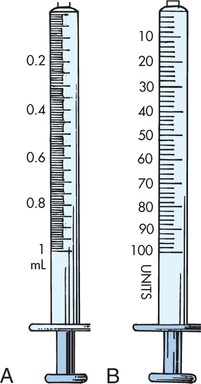
Subcutaneous shots can be given straight in at a 90-degree angle, or at a 45-degree angle. You can give the shot at a 90-degree angle if 2 inches of skin can be grasped between your thumb and first (index) finger. If only 1 inch of skin can be grasped, give the shot at a 45-degree angle
Where can I give a subcutaneous shot? There are many sites on the body that are safe to give Subcutaneous shots.
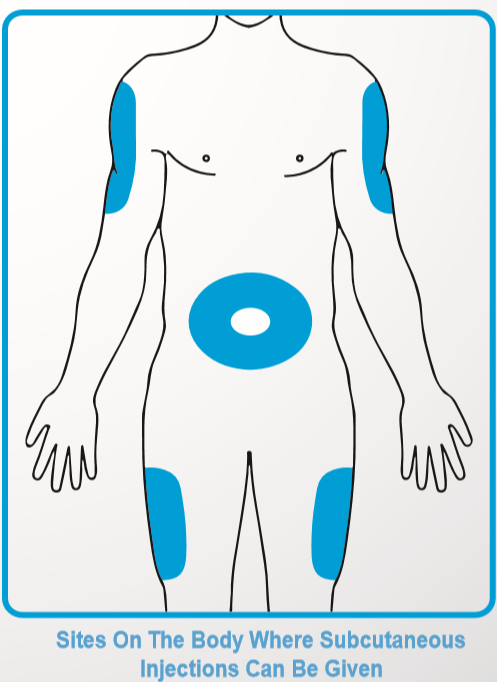 How do I inject medication into subcutaneous tissue?
How to transfer contents from vial to syringe First, remove the plastic cap from the medication vial and use an alcohol wipe to cleanse the rubber stopper. With a fresh, unused syringe, pull back on the plunger to the amount you are injecting, bringing air into the syringe. Now, remove the plastic cap from the needle. Insert the needle into the vial and slowly push (inject) the air from the syringe into the vial. This will displace the liquid in the vial when you withdraw the medication. Turn the vial and syringe upside down and carefully draw the fluid back into the syringe to the line designating the desired amount of medication. If you see any air bubbles, lightly tap or flick the syringe to draw the bubbles to the top (the end with the needle) and expel the air. Note that a small amount of medication may release as well. This is normal. You are now ready to inject. Where can I give an intramuscular shot? The skin and the muscles under the skin cover nerves, blood vessels and bones. It is important to give a shot where you will not hurt any of these body parts. There are 6 possible areas, 3 on each side of the body, where an Intramuscular (IM) shot can be given. It is important to choose the correct area. If caregivers showed you what areas are safe, follow their directions. Constantly change the area where you give shots. If you give a shot in the same place every day or even every week, scar tissue can build up. The scar tissue can negatively affect how the medication will work. Following this information will help you choose the safest areas to give an intramuscular injection.
How do I choose the best muscle for the shot? If your caregivers have told you which muscle to use, follow their directions. Many change with age. For example, the rear-end area is never used for infants or children under 3-years old because it is not developed well enough. The deltoid may work well for a person with developed muscles in the upper body. The deltoid cannot be used if that area is very thin or underused. The muscle must be easy to reach. How do I inject nutrients into a muscle?
How do I dispose of used syringes and needles? You can purchase a Sharps Container, a hard-plastic container made for used syringes and needles, at your local pharmacy. If you did not purchase this container with your medication, you can use a hard-plastic container with a screw-on top such as a clothing softener or hard plastic detergent bottle. Be sure you can put both the syringe and the needle into the container easily. Whatever container you choose, be sure needles cannot break through the sides, bottom or top. Call your primary care physician or your local pharmacy to find out what your state or local requirements are for disposing of used syringes and needles.
|

